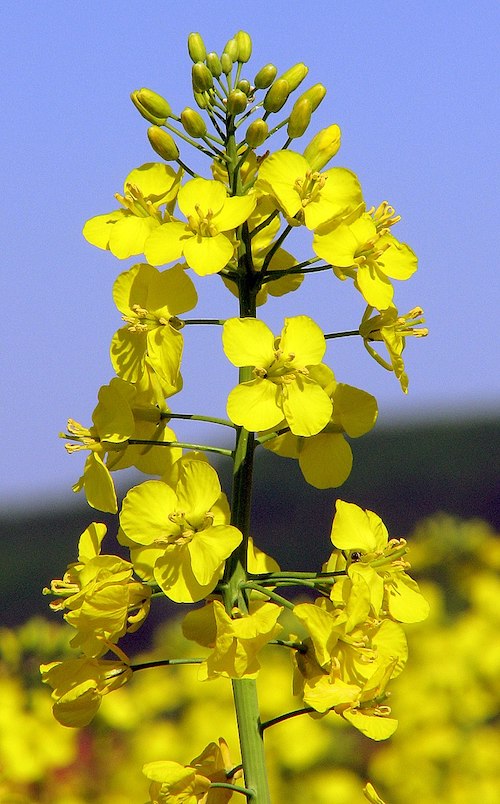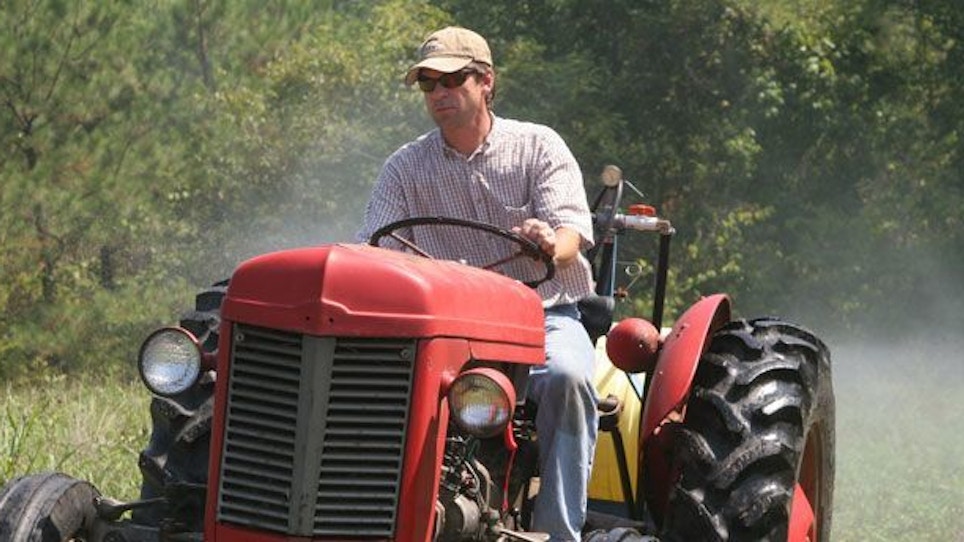A hot field that holds deer in October or November can go cold in December, so how do you keep deer around after those early-season food sources dry up? Plan now. Get late-season plants for deer in the ground that will attract whitetails after the clover has shriveled and the acorns have been gobbled up.
Where you live will determine what you can plant, you'll need to consider deer densities and soil type as well. “There are (many) choices, but a few are clearly better than others,” says Dr. Grant Woods, a wildlife biologist from Missouri.
What to Plant
For Woods, the best late-season, all-purpose food sources in areas with low deer numbers are standing corn or soybeans. However, this isn't necessarily the case in areas with high deer densities.
“The problem with those plants is that — in areas with high deer densities — there often won’t be anything for the deer to eat later in the season because it will all be gone," says Woods. "But if you don’t have too many deer, both are excellent late-season food-plot plants that provide nutritious forage later in the season."

Rapeseed. Photo: Tilo Hauke (Wikipedia)
Perhaps the best all-around, late-season plants are brassicas. The brassica family includes several well-known plants including broccoli, kale, turnips and rapeseed. From a deer hunter’s perspective, however, the preferred food-plot brassicas are lumped into the category of forage brassicas. Often, until deer become familiar with most brassica varieties, they don’t consume them until after the first hard frost. It's at this point that these plant's starches become sugars.
However, in some areas, deer readily consume brassicas as soon as they germinate. If brassicas are present after a frost, deer tend to devour them. According to Woods, whitetails will often walk over other food-plot plants to get to brassica plots.
Although most brassicas can be planted in the early spring, they are best planted in the fall to provide a late-season food source.
"The problem with a spring planting is that brassicas mature in the summer and become unpalatable to deer," says Woods. "Once they flower and seed, whitetails won’t touch them. The various members of the brassica family are relatively drought resistant, making them a good choice for regions that are prone to drought."
The Perfect Mix
Is there a single plant that works well everywhere? Not really. But for Woods, the best all-purpose plant is winter wheat. Deer devour it throughout the season. As other natural and cultivated foods diminish, wheat only becomes more attractive.
“Wheat has gotten pretty expensive the past few years, but it grows in a variety of soils and regions, so it’s a great choice," says Woods. "However, you really have to fertilize it properly for it to be attractive to deer. The good news is that fertilizer is relatively cheap, considering all the other costs associated with food plots. It's the best way to ensure a healthy food plot that will attract deer.”
Even better than plain wheat is a blend of wheat and brassicas with some clover seed added to the mix. Woods recommends 100 pounds of wheat, two pounds of forage brassicas and four or five pounds of clover per acre for most applications. All three are highly palatable, and they give deer a good variety of foods in a single location. And when one plant fades, another will be available.
The "Two-Season Rule"
No matter what you put in the ground, it can take up to two seasons for deer to learn that what you planted is a nutritious and palatable food source. New plants may be unfamiliar to your local deer herd, so whitetails won’t always discover these late-season plants right away. They will eventually, however, and that can turn a late-season hunt into a memorable one.
Bonus: Sugar Beets
Woods said a plant that is gaining in popularity among hunters is sugar beets.

Sugar Beet. Photo: American Sugar Beet Growers Association
The Missouri-based wildlife biologist favors Roundup-Ready sugar beets. They won’t grow in rocky soil or ground that consists of hard clay, but they thrive in sandy or loose soils, particularly in northern climates. Deer devour the tuber itself, and they hit beet fields hard as winter progresses.
Featured photo: Dave Hart






